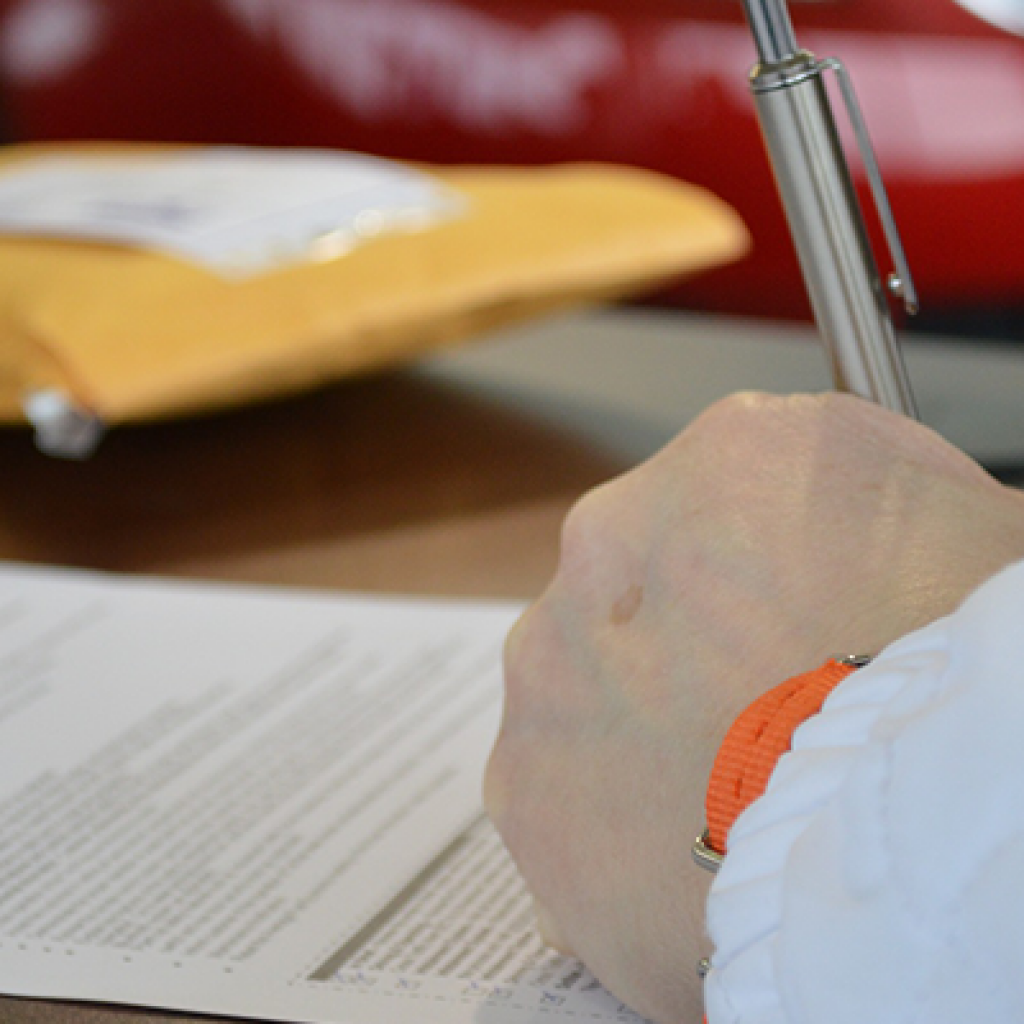The Land Registry published a blog last month, aimed at highlighting ways that practitioners can eliminate errors on their applications to help quicken the process
Online applications at the Land Registry have opened up a whole new process for conveyancers, creating an easier and overall more efficient system. The legal system is often criticised for being archaic and not transitioning into the digital age as quickly as other professions. However, the Land Registry has provided leaps forward for the industry by encouraging online applications, with 88% of registrations now being submitted via this method.
There are said to be multiple benefits to the online system. For example, the Land Registry has reduced the price for online registrations by 50% for dealings as a whole compared with postal applications. As well as reduced postal costs, the online system’s quicker and simpler process provides a visible audit trail for practitioners. Applications sent via this route will also reportedly receive priority.
Overall, there are many reasons for applications to be sent online through the electronic Document Registration Service (e-DRS). However, during busy conveyancing periods, and with the increased usage of the online system, simple mistakes are creating delays in applications. Pascal Lalande, Central Operations Manager at the Land Registry, has listed ways that users can work towards limiting these.
Firstly, Lalande recommends that users are conscious to lodge clear, good quality scanned images with their applications. Without clear images, mistakes are more likely and may compromise the register’s overall integrity. Taking the time to acquire a good quality image may save having to resubmit an application, which could consequently delay a completion. As well as a clear image, it is advised that each single document must be submitted as a separate uploaded file. It is to be noted that a plan attached to a deed does not constitute a separate document, and will need to be included in a single file.
Correct certification is a further inaccuracy commonly made error. Lalande clarifies the following options for correct certification:
- ‘Certified’ – I/We certify this attachment is a true copy of the original document.
- ‘Certified by another’ – I/We certify this attachment is a true copy of a document which is certified by a conveyancer to be a true copy of the original.
- ‘Not certified’ – This attachment is an uncertified copy.
The importance of checking the correct deed accompanies the application is paramount, as well as the incorporation of every page. A further common error is attaching the incorrect title with the online submission.
The digital age delivers practitioners increased speed and efficiency throughout the conveyancing process, providing clients with much quicker results than previously. However, Lalande highlights the importance of taking time to check over the smaller details of a transaction in order to prevent lost time overall.
What is your view of the online Land Registry process? Which method do you prefer for applications and in what ways do you feel the online system benefits the conveyancing profession?
Share your thoughts with us in the comment section below.




















